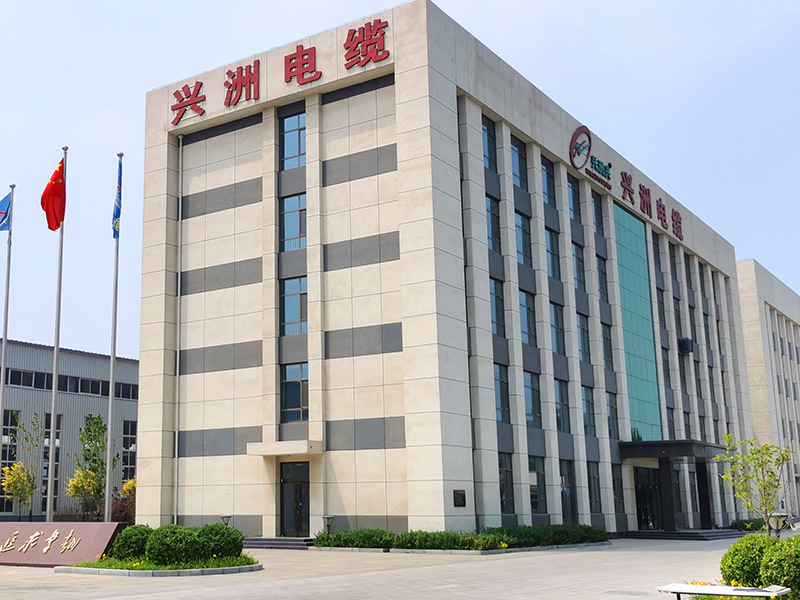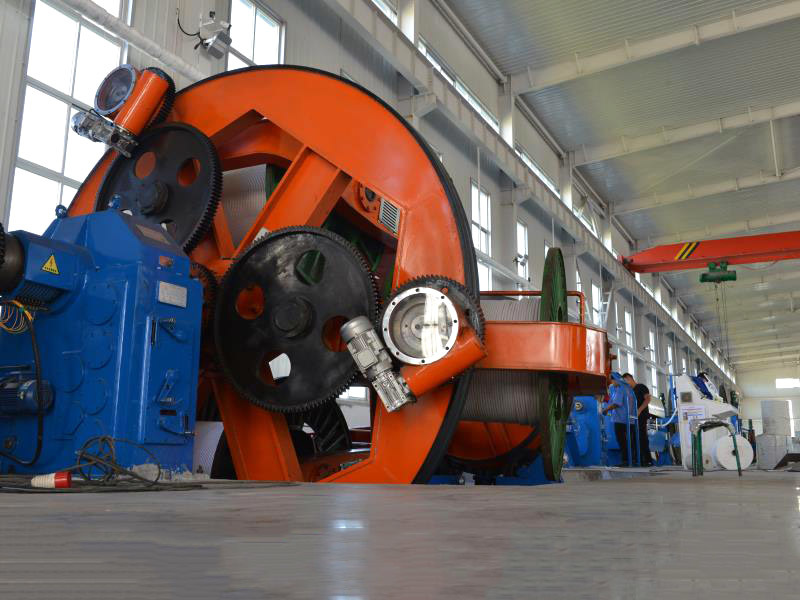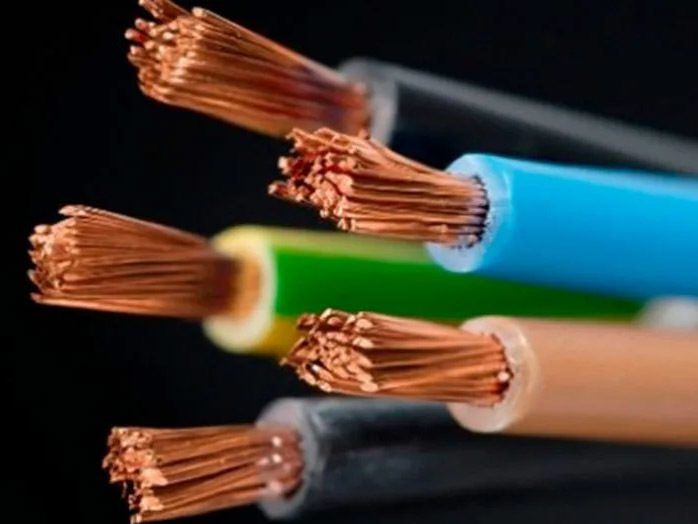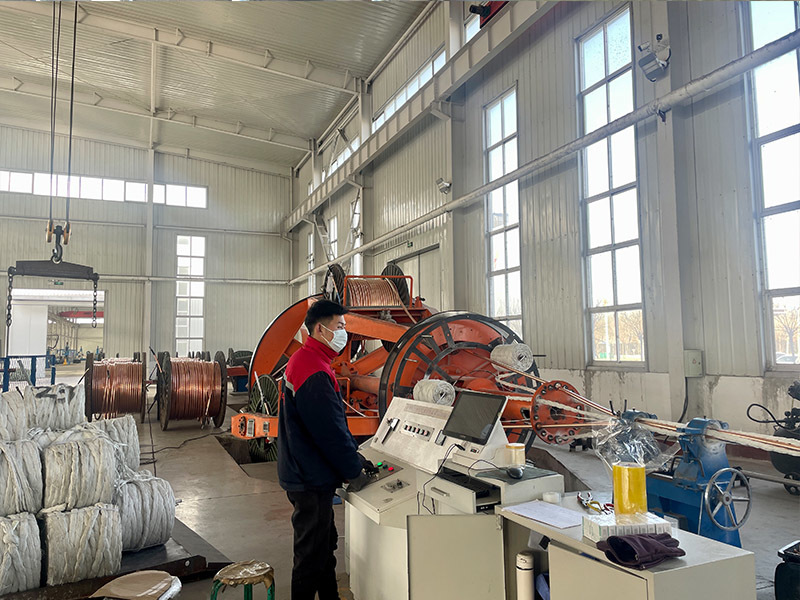Xingzhou Cable explains the difference between flame-retardant cables and fire-resistant cables
The concepts of flame-retardant cables and fire-resistant cables are different; a correct understanding is crucial for proper design and selection. People often confuse flame-retardant and fire-resistant cables. While flame-retardant cables offer many advantages for chemical plants, such as low halogen, low smoke, and flame retardancy, fire-resistant cables can generally replace flame-retardant cables, but not vice versa.
Cable combustion in wires and cables is caused by external heating generating flammable gases. To achieve flame retardancy, the three elements of combustion must be suppressed: flammable gas, heat, and oxygen. In the past, halogenated compounds and metal oxides were added to achieve flame retardancy. With continuous technological advancements, flame retardancy has evolved from halogenated flame retardants to low-halogen and halogen-free flame retardants.
A flame-retardant cable is one that, under specified test conditions, when the sample is burned and the test flame is removed, the flame spread is limited to a defined range, and the residual flame or glowing embers extinguish themselves within a specified time. Its fundamental characteristic is that it may be damaged and unable to operate in a fire, but it prevents the spread of fire. In simple terms, if a cable catches fire, it can confine the burning to a local area, preventing spread and protecting other equipment, avoiding greater losses.
Structural characteristics of flame-retardant cables: The structure of a flame-retardant cable is basically the same as that of a conventional cable. The difference lies in that its insulation layer, sheath, outer sheath, and auxiliary materials (tapes and fillers) are wholly or partly made of flame-retardant materials.
A fire-resistant cable is one that, under specified test conditions, when the sample is burned in a flame, maintains normal operation for a certain period. Its fundamental characteristic is that the cable maintains normal operation of the circuit for a period of time under burning conditions. In simple terms, in the event of a fire, the cable will not burn immediately, making the circuit relatively safe.
Structural characteristics of fire-resistant cables: The structure of a fire-resistant cable is basically the same as that of a conventional cable. The difference is that the conductor of a fire-resistant cable uses a copper conductor with good fire resistance (the melting point of copper is 1083℃), and a fire-resistant layer is added between the conductor and the insulation layer. The fire-resistant layer is made of multiple layers of mica tape. Because the allowable operating temperatures of different mica tapes vary greatly, the key to the fire resistance of the cable is the mica tape.
The main differences are summarized as follows:
1. Difference in principle: Fire-resistant cables and flame-retardant cables differ in principle. Halogen-containing cables rely on the flame-retardant effect of halogens, while halogen-free cables rely on the release of water to lower the temperature and extinguish the fire. Fire-resistant cables rely on the fire and heat resistance of the mica material in the fire-resistant layer to ensure that the cable continues to function normally during a fire.
2. Difference in structure and materials: The structure and materials of fire-resistant cables also differ from those of flame-retardant cables.
The basic structure of a flame-retardant cable is: (1) The insulation layer uses flame-retardant material; (2) The sheath and outer sheath use flame-retardant material; (3) The tape and filler use flame-retardant material. Fire-resistant cables usually have a fire-resistant layer added between the conductor and the insulation layer. Therefore, theoretically, a fire-resistant layer can be added to the structure of a flame-retardant cable to create a cable that is both flame-retardant and fire-resistant, but this is not necessary in practice. The fire-resistant layer of a fire-resistant cable usually consists of multiple layers of mica tape directly wrapped around the conductor. It can withstand prolonged burning, and even if the polymer at the point of flame application is burned, it can ensure normal operation of the circuit. 3. Advantages and disadvantages of flame retardancy and fire resistance: Flame-retardant cables, halogen-free cables, and fire-resistant cables have clear definitions.
From the characteristics of flame-retardant and fire-resistant cables described above, it can be seen that fire-resistant cables play an important role in modern urban and industrial buildings. Because once a fire occurs, the power supply circuits for control, monitoring, guidance, and alarm systems must remain operational. Therefore, these cables are mainly used in emergency power supply circuits to fire equipment, fire alarm equipment, ventilation and smoke exhaust equipment, guide lights, emergency power sockets, emergency elevators, etc.
Tag:
Recommended News
Methods for testing the insulation strength of insulated wires and cables
Distinguishing between power cables and control cables requires attention to the following points
Xingzhou Cable explains the difference between flame-retardant cables and fire-resistant cables







